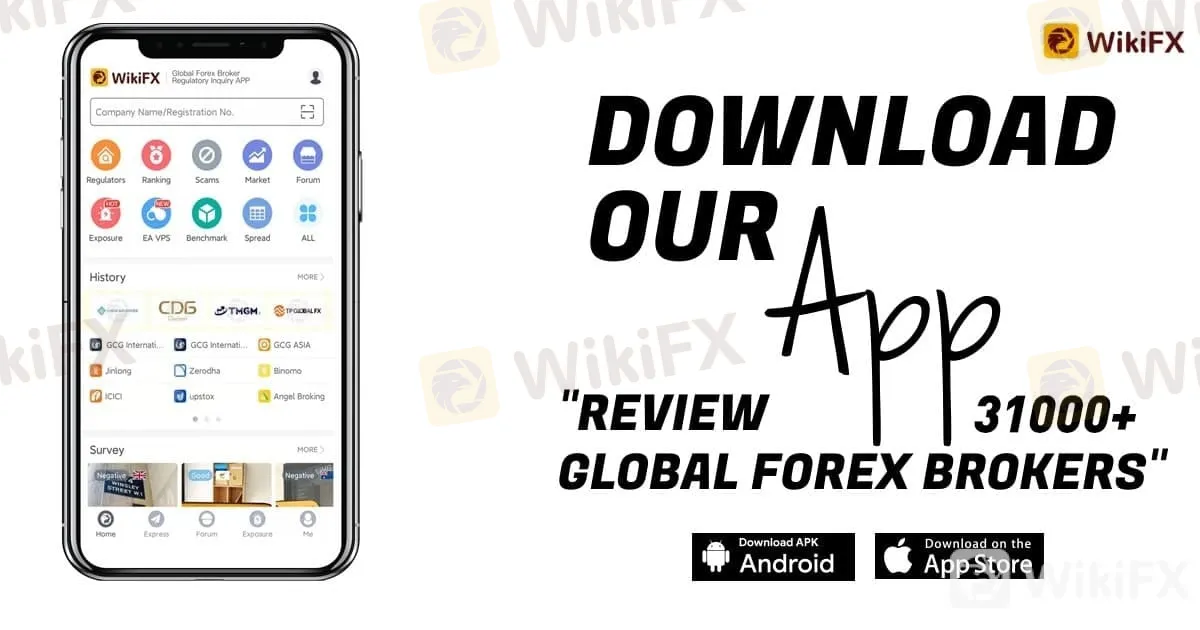简体中文
繁體中文
English
Pусский
日本語
ภาษาไทย
Tiếng Việt
Bahasa Indonesia
Español
हिन्दी
Filippiiniläinen
Français
Deutsch
Português
Türkçe
한국어
العربية
Cboe Volatility Index Means or (VIX)
abstrak:The Cboe Volatility Index (VIX) is a real-time index that represents the marketplace’s expectancies for the relative energy of near-time period fee modifications of the S&P 500 index (SPX).
The Cboe Volatility Index (VIX) is a real-time index that represents the marketplaces expectancies for the relative energy of near-time period fee modifications of the S&P 500 index (SPX). Because its miles are derived from the fees of SPX index alternatives with near-time period expiration dates, it generates a 30-day ahead projection of volatility. Volatility, or how speedy fees change, is frequently visible as a manner to gauge marketplace sentiment, and especially the diploma of worry amongst marketplace participants.
The index is greater usually acknowledged via way of means of its ticker image and is frequently mentioned definitely as “the VIX.” It changed into created via way of means of the Chicago Board Options Exchange (CBOE) and is maintained via way of means of Cboe Global Markets. It is a vital index withinside the international of buying and selling and funding as it affords a quantifiable degree of marketplace chance and investors sentiments.
How Does the VIX Work?
For economic contraptions like stocks, volatility is a statistical degree of the diploma of the variant of their buying and selling fee found over a length of time. For example, on Sept. 27, 2018, stocks of Texas Instruments Inc. (TXN) and Eli Lilly & Co. (LLY) closed round comparable fee stages of $107.29 and $106.89 in line with share, respectively.
However, a glance at their fee actions over the month (September) suggests that TXN (blue graph) had a good deal wider fee swings in comparison to LLY (orange graph). Thus, TXN had better volatility than LLY over the one-month length.
How is VIX Calculated
VIX values have calculated the usage of the Cboe-traded trendy SPX alternatives, which expire at the 0.33 Friday of every month, and the weekly SPX alternatives, which expire on all different Fridays. Only SPX alternatives are taken into consideration whose expiry duration lies inside extra than 23 days and much less than 37 days.1
While the method is mathematically complex, it theoretically works as follows: It estimates the anticipated volatility of the S&P 500 index via way of means of aggregating the weighted fees of a couple of SPX places and calls over an extensive variety of strike fees. All such qualifying alternatives need to have legitimate nonzero bids and ask fees that constitute the marketplace belief of which alternatives strike fees might be hit via way of means of the underlying shares at some point of the ultimate time to expiry. For specified calculations with an example, you'll be able to talk to the section “The VIX Index Calculation: Step-via way of means of-Step” of the VIX white paper.
Extending Volatility to Market Level
In the sector of investments, volatility is a hallmark of the way big (or small) movements are made via way of means an inventory rate, a quarter-particular index, or a marketplace-stage index, and volatility represents how tons hazard is related to the unique security, quarter, or marketplace.
The above inventory-particular instance of TXN and LLY may be prolonged to quarter stage or marketplace stage. If the equal statement is implemented to the rate movements of a quarter-particular index—say, the NASDAQ Bank Index (BANK), which includes greater than three hundred banking and monetary offerings stocks—then one could examine the found out volatility of the general banking quarter. Extending it to the rate observations of the wider marketplace-stage index, just like the S&P 500 index, will provide a peek into the volatility of the bigger marketplace. Similar effects may be accomplished via way of means of deducing the implied volatility from the choice fees of the corresponding index.
Having a well-known quantitative degree for volatility makes it clean to evaluate the feasible rate movements and the hazard related to specific securities, sectors, and markets.

Disclaimer:
Ang mga pananaw sa artikulong ito ay kumakatawan lamang sa mga personal na pananaw ng may-akda at hindi bumubuo ng payo sa pamumuhunan para sa platform na ito. Ang platform na ito ay hindi ginagarantiyahan ang kawastuhan, pagkakumpleto at pagiging maagap na impormasyon ng artikulo, o mananagot din para sa anumang pagkawala na sanhi ng paggamit o pag-asa ng impormasyon ng artikulo.
Broker ng WikiFX
Pinakabagong Balita
Challenge Yourself: Transform from Novice to Expert
Exchange Rate






